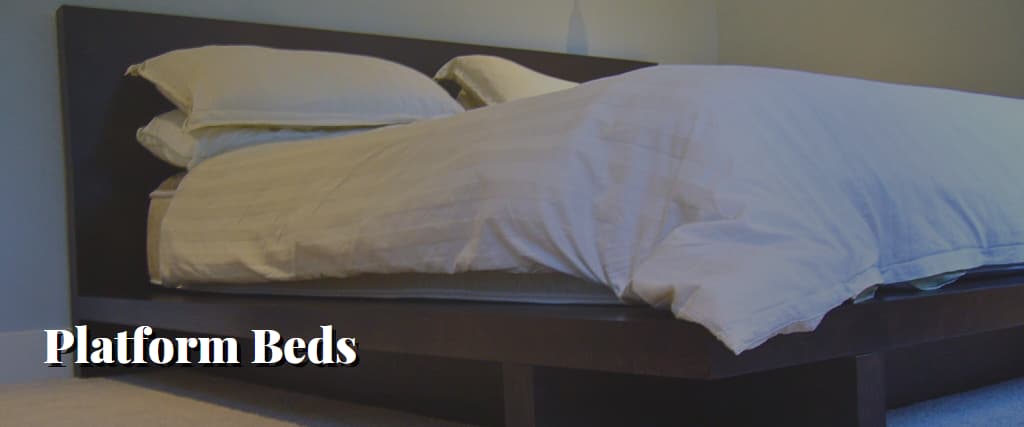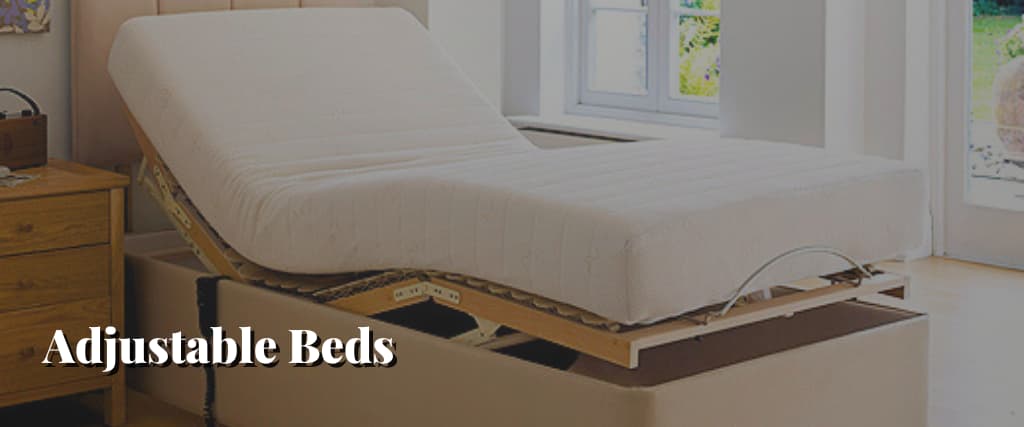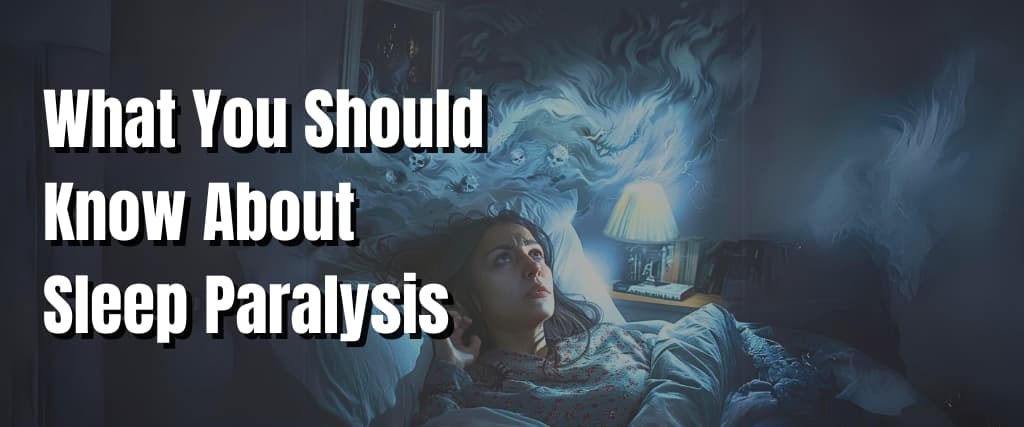Sleep is essential for our physical and mental well-being, yet many people struggle to get a good night’s sleep. It’s not just your mattress’s quality but also your bed’s height that can make a huge difference in how comfortable you feel at night.
In this blog post, we’ll explore different factors to consider when choosing a bed height that works for you, giving you tips and advice on making sure it promotes restful sleeping habits.
Factors to Consider When Choosing the Best Bed Height

1. Your Height, Age and Health Needs
Your height is the first and primary factor to consider when determining your optimum bed height. Your optimum bed height will significantly differ from a shorter person if you sleep so much. Take accurate measurements from your knee to determine the height of your bed that should be at knee level.
The simplest way to determine if your bed height is right for you is to see if you can reach the edge of it with your legs lying on the floor — your knees ought to be bent roughly 90 degrees. When getting out of bed, ergonomically strengthen your legs, thighs, knees, and hips.
Getting the appropriate height will be fine whether you’re young, active, and have good ligaments and joints. However, older sleepers or those with mobility concerns should take caution and get slightly taller bedding.
You will be able to know whether a specific bed height is right for you by trying the above parameters, so make some effort to be sure about your ideal bed height.

2. Mattress Depth
Mattress depth should be the primary variable since the height of your bed is the sum of the heights of your mattress and bed frame.
Additionally, you must consider the elevation of the mattress toppers or box springs you intend to use. Mattress heights typically range from about 25 – 32 cm, which is 10 to 12 lengths tall.
If your bedding is too light for your support, the bed height will only significantly impact how comfortable you are while you sleep. So, the length of your bed frame does not affect you after you are asleep.
Consequently, if that requires you to select the thicker bedding, we highly advise you to choose your mattress based on its qualities and the integrity of its layers.
Don’t be discouraged by the fact that spring beds often have thicker mattresses than foam mattresses. Instead, when selecting your bunk bed, decide on it according to what is comfortable for you rather than solely on mattress height.

3. Sleep Partners
You must consider your partner’s demands if you are not sleeping alone. You must make accommodations if your heights are significantly different or if any of you have physical limitations.
Thankfully, you can be exact when it comes to the height of your bed. Most people feel comfortable within a reasonable range if they get restful sleep.
Types of Bed Frames for Every Height
Bed frames come in various designs and heights, enabling you to create the right bed height and the desired style and feel for your space. Below are some of the most common bed frames for every height:

1. Platform Beds
A platform bed is every bed structure that really can hold your mattress. They often have a slatted or solid surface and are lower than the floor. These bed frameworks only require a foundation layer or a box spring if you desire increased height.
Check the platform bed frame and repose bed frame to get a quality platform bed that best suits your needs and requirements.

2. Adjustable Beds
With numerous features and configurations, adjustable bed frames come in various heights for a personalised sleep experience. Whether you want to elevate your feet or lie down flat, these frameworks are ideal for those whose daily needs vary.
The best part is that you can switch the position of your mattress from supporting your arms and shoulders to resting flat if it has an adjustable frame.
Choose the Rise Max Adjustable Base (RMAB) or Casper Ascend Pro Flexible Base (CAPFB) if you want a high bed frame that occasionally makes it shorter. The Rise Adjustable Base can be appropriate for you if you don’t mind changing the height of your mattress but still want to shift it about.

3. Traditional Beds
An excellent choice for you may be a classic bed frame if you are tall or appreciate the appearance of higher beds. The top of your mattress will often sit higher off the ground with these frames because they usually require a foundation layer or box spring.
These frames are frequently encountered as a foundation’s simple metal outside support. Look at the foundation and metal frames if that’s your style and height.

4. Upholstered Beds
Upholstered bed frames mainly refer to those that have fabric coverings. You might discover that the headboard is the only part of the upholstered frame.
Many of these frameworks are lower than the floor, yet you can add an extra foundation layer to heighten them if you enjoy the style and want something higher.
Conclusion
When selecting a bed frame and mattress which will suit your preferences and lay at a good height, there are several factors to consider.
Although the typical bed is about 25 ft high, you might need more than this. You can choose the appropriate bed height by considering your height, period of life, or personal choices.
Additionally, you might have a bed foundation and a mattress, but when you join them both together, the height of your bed needs to be corrected.
With bed risers, you can increase your height. Increasing your height by an inch can significantly affect your bed’s height. Adding height is far more difficult if your mattress is too high.
FAQs About Bed Height
What is a Low Profile Bed?
A low-profile mattress is any bed that is low to the surface. This typically refers to bed frames like platforms and flexible bed frames, which do not require a foundation or box spring underneath your mattress. The top of your mattress is closer to the surface than it might be if they need the additional layer.
Is It Better to Have Your Bed High or Low?
For an easy adjustment to and from your bed, tall people might want something higher, while others who are short will probably want something closer to the floor. This also varies depending on your age; that is, older people and the elderly may find it more challenging to rise from a bed that is too short and would prefer something higher.
How to Make Your Bed Higher Off the Ground
You can place a box spring or other base layer between your bed frame and your mattress to raise the height of your bed. As a box spring typically measures 7 inches in thickness, it can easily add the extra height you want to your bed.
Is 30 Inches Too High for a Bed?
No, 30 inches aren’t too high for a bed. Although beds are typically 25 inches high, you could want a bed that is 30 inches high if you like a broader look and are tall enough. Yet a 30-inch bed can be too tall if you’re shorter than normal.
How High Should the Top of the Mattress be From the Floor?
The top of your mattress to the surface should be around 25 inches. However, your height and the period of your life will significantly impact how high your bedding should be above the floor.






